Planting Cherries at Home might seem like a distant dream reserved for sprawling orchards, but I’m here to tell you it’s absolutely achievable, even in a small backyard or container garden! Imagine biting into a juicy, sun-ripened cherry you grew yourself – the taste is simply unmatched. For centuries, cherry trees have held a special place in cultures around the world, symbolizing good fortune, love, and renewal. In Japan, the blooming of cherry blossoms (Sakura) is a celebrated national event, a reminder of the fleeting beauty of life.
But beyond the romantic symbolism, the real reason you need to learn these DIY tricks for planting cherries at home is simple: fresh, delicious fruit without the grocery store markup! Plus, you’ll know exactly what’s gone into growing your cherries, avoiding harmful pesticides and ensuring the best possible flavor. This article is your comprehensive guide to successfully cultivating your own cherry tree, from choosing the right variety to mastering essential care techniques. We’ll explore simple, effective DIY hacks that will help you overcome common challenges and enjoy a bountiful harvest. Get ready to roll up your sleeves and transform your garden into a cherry-lover’s paradise!
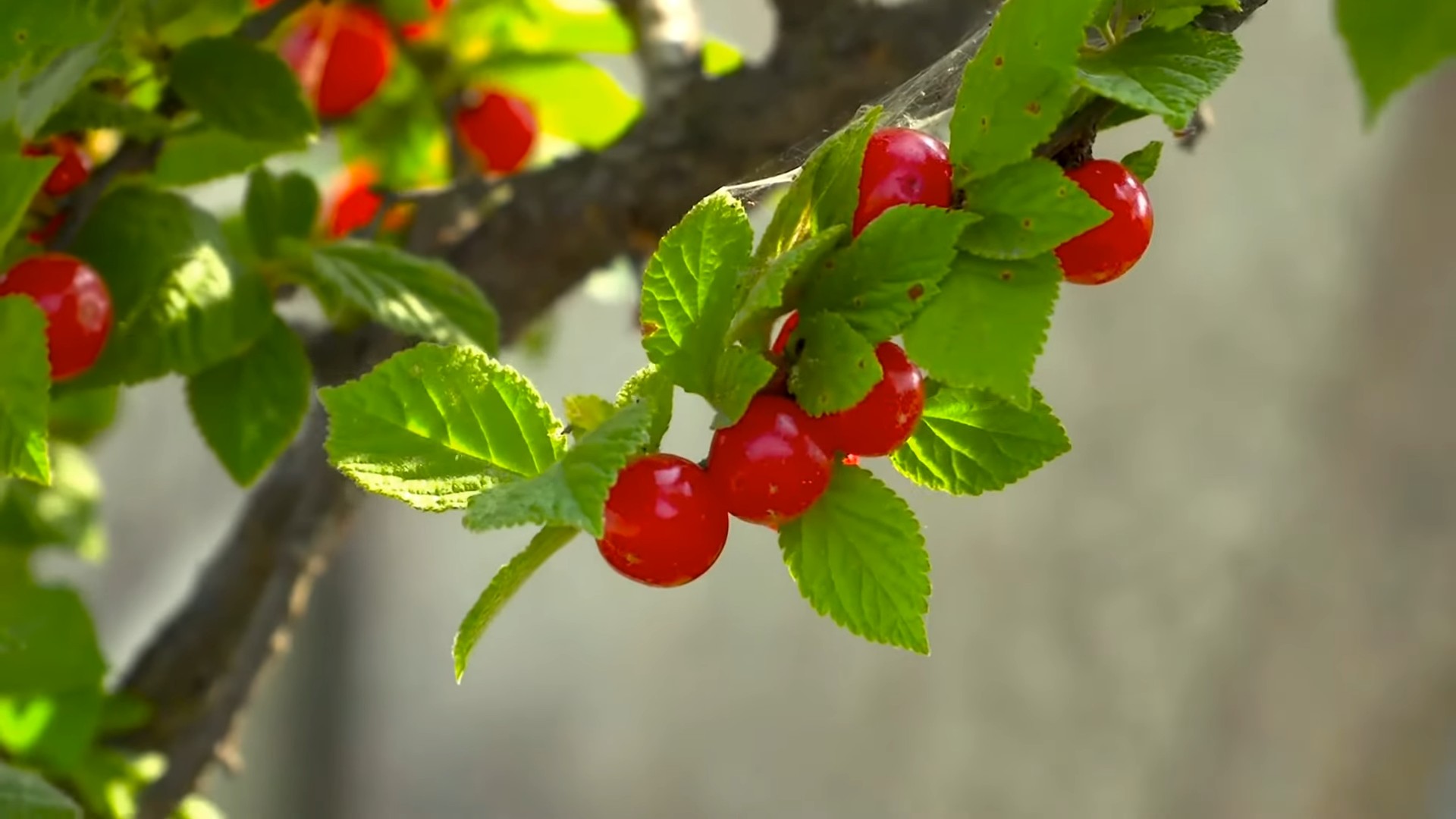
Planting Cherries at Home: A DIY Guide to Sweet Success
Okay, so you want to grow your own cherries? Awesome! I’m here to guide you through the process, from choosing the right tree to harvesting those juicy red gems. It might seem daunting, but trust me, with a little patience and effort, you can enjoy homegrown cherries right in your backyard. Let’s get started!
Choosing the Right Cherry Tree
Before you even think about digging a hole, you need to pick the perfect cherry tree for your location and needs. This is crucial, so don’t rush this step!
* Sweet vs. Sour: First, decide if you want sweet cherries (like Bing or Rainier) or sour cherries (like Montmorency). Sweet cherries are best eaten fresh, while sour cherries are fantastic for pies, jams, and preserves.
* Climate Considerations: Cherries need a certain number of “chill hours” – hours below 45°F (7°C) during the winter. Make sure the variety you choose is suitable for your climate. Your local nursery can be a great resource for this!
* Pollination: Many sweet cherry varieties are not self-pollinating, meaning you’ll need to plant two different varieties that bloom at the same time to get fruit. Sour cherries are generally self-pollinating, but even they can benefit from a pollinator.
* Rootstock: The rootstock affects the tree’s size, disease resistance, and cold hardiness. Dwarf rootstocks will result in smaller trees, making them easier to manage and harvest from. Standard rootstocks will produce larger, more vigorous trees.
* Space: Consider how much space you have available. Sweet cherry trees can get quite large, so if you have a small yard, a dwarf variety is a better choice.
Preparing the Planting Site
Now that you’ve chosen your cherry tree, it’s time to get the planting site ready. This is just as important as choosing the right tree!
* Sunlight: Cherry trees need at least 6-8 hours of direct sunlight per day. Choose a location that gets plenty of sun.
* Soil Drainage: Cherries hate wet feet! Make sure the soil drains well. If you have heavy clay soil, you’ll need to amend it with organic matter to improve drainage.
* Soil pH: Cherries prefer a slightly acidic soil pH of 6.0-7.0. You can test your soil pH with a soil testing kit from your local garden center.
* Protection from Wind: Strong winds can damage cherry trees, especially when they’re young. If your area is windy, choose a location that is sheltered from the wind.
Planting Your Cherry Tree: Step-by-Step
Alright, let’s get our hands dirty! Here’s how to plant your cherry tree:
1. Dig the Hole: Dig a hole that is twice as wide as the root ball and just as deep. This gives the roots plenty of room to spread out.
2. Amend the Soil: Mix some compost or other organic matter into the soil you removed from the hole. This will improve drainage and provide nutrients for the tree.
3. Remove the Tree from the Container: Gently remove the tree from its container. If the roots are circling the pot, gently loosen them with your fingers or a small trowel. This will encourage them to grow outward into the surrounding soil.
4. Position the Tree: Place the tree in the hole, making sure the top of the root ball is level with the surrounding soil. You don’t want to bury the trunk!
5. Backfill the Hole: Backfill the hole with the amended soil, gently tamping it down as you go.
6. Water Thoroughly: Water the tree thoroughly after planting. This will help settle the soil and get rid of any air pockets.
7. Mulch: Apply a layer of mulch around the base of the tree, keeping it a few inches away from the trunk. Mulch helps retain moisture, suppress weeds, and regulate soil temperature.
8. Stake the Tree (Optional): If your area is windy, you may want to stake the tree to provide support. Use soft ties to attach the tree to the stake, and make sure the ties are not too tight.
Caring for Your Cherry Tree
Planting is just the beginning! Here’s how to keep your cherry tree healthy and productive:
* Watering: Water your cherry tree regularly, especially during dry periods. Young trees need more frequent watering than established trees. Aim for deep, infrequent watering rather than shallow, frequent watering.
* Fertilizing: Fertilize your cherry tree in the spring with a balanced fertilizer. Follow the instructions on the fertilizer package.
* Pruning: Prune your cherry tree in late winter or early spring to remove dead, damaged, or crossing branches. Pruning helps improve air circulation and sunlight penetration, which can increase fruit production.
* Pest and Disease Control: Keep an eye out for pests and diseases, such as aphids, cherry slugs, and brown rot. Treat any problems promptly with appropriate pesticides or fungicides. Always follow the instructions on the product label.
* Protecting from Birds: Birds love cherries just as much as we do! To protect your crop, you may need to cover your tree with netting before the cherries start to ripen.
Pruning Your Cherry Tree: A Deeper Dive
Pruning can seem intimidating, but it’s essential for a healthy and productive cherry tree. Here’s a more detailed look at how to prune:
* Timing: The best time to prune cherry trees is in late winter or early spring, before the buds start to swell.
* Tools: You’ll need a pair of sharp pruning shears and a pruning saw for larger branches. Make sure your tools are clean to prevent the spread of disease.
* Removing Dead, Damaged, or Diseased Wood: Start by removing any dead, damaged, or diseased branches. Cut back to healthy wood.
* Thinning the Canopy: Thin out the canopy to improve air circulation and sunlight penetration. Remove any branches that are crossing or rubbing against each other.
* Heading Back: Heading back involves cutting back the tips of branches to encourage branching and fruiting. This is especially important for young trees.
* Training the Tree: Train the tree to a central leader system, where there is one main trunk and several well-spaced branches. This will help the tree develop a strong structure and produce more fruit.
* Sweet Cherry Pruning: Sweet cherries fruit mostly on spurs (short, stubby branches that produce fruit for several years). Prune lightly to encourage spur development.
* Sour Cherry Pruning: Sour cherries fruit mostly on one-year-old wood. Prune more heavily to encourage new growth.
Dealing with Common Cherry Tree Problems
Even with the best care, your cherry tree may encounter some problems. Here are a few common issues and how to deal with them:
* Aphids: These tiny insects suck the sap from leaves and stems. Control them with insecticidal soap or a strong spray of water.
* Cherry Slugs: These larvae skeletonize the leaves of cherry trees. Control them with insecticidal soap or handpicking.
* Brown Rot: This fungal disease causes fruit to rot on the tree. Prevent it by pruning to improve air circulation and applying a fungicide.
* Cracking Fruit: This can occur when cherries absorb too much water after a heavy rain. Choose varieties that are resistant to cracking and ensure good soil drainage.
* Lack of Fruit: This can be caused by a number of factors, including poor pollination, frost damage, or nutrient deficiencies. Make sure you have a pollinator tree if necessary, protect the tree from frost, and fertilize regularly.
Harvesting Your Cherries
Finally, the moment you’ve been waiting for! Here’s how to harvest your cherries:
* Timing: Cherries are usually ready to harvest in late spring or early summer, depending on the variety and your climate.
* Ripeness: Cherries are ripe when they are fully colored and slightly soft to the touch. They should also come off the stem easily.
* Harvesting Technique: Gently twist or pull the cherries from the stem. Be careful not to damage the tree.
* Storage: Cherries are best eaten fresh, but they can also be stored in the refrigerator for a few days. You can also freeze or can them for longer storage.
Enjoying Your Homegrown Cherries
Congratulations! You’ve successfully grown your own cherries. Now it’s time to enjoy the fruits of your labor. Eat them fresh, bake them into pies, make jam, or freeze them for later. The possibilities are endless!
Growing cherries at home takes time and effort, but it’s well worth it. There’s nothing quite like the taste of a fresh, homegrown cherry. So get out there and start planting! You’ll be enjoying your own delicious cherries in no time.
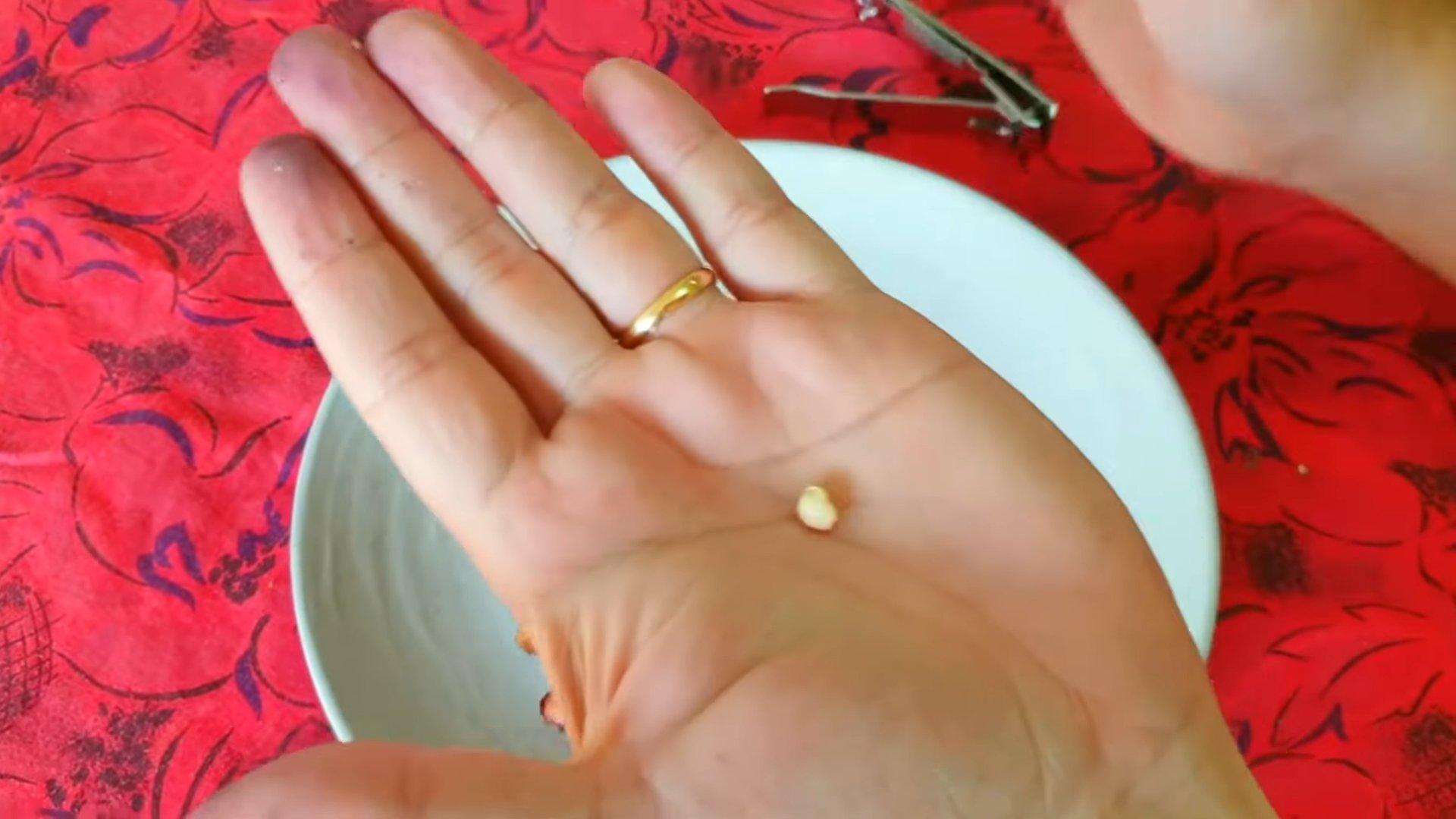
Conclusion
So, there you have it! Planting cherries at home might seem daunting at first, but with a little patience and the right approach, you can cultivate your own delicious, homegrown cherries. This DIY method isn’t just about saving money; it’s about connecting with nature, understanding the growing process, and enjoying the unparalleled satisfaction of harvesting fruit you nurtured yourself.
Why is this a must-try? Because store-bought cherries, while convenient, often lack the depth of flavor and freshness that homegrown cherries possess. Plus, you have complete control over the growing process, ensuring your cherries are free from unwanted chemicals and pesticides. Imagine biting into a perfectly ripe, sun-warmed cherry, bursting with sweetness – a taste experience you simply can’t replicate with commercially grown fruit.
But the benefits extend beyond just taste. Planting a cherry tree is an investment in your property, adding beauty and value to your landscape. It’s also a fantastic way to attract pollinators like bees, contributing to a healthier ecosystem in your backyard. And let’s not forget the joy of sharing your bounty with friends and family!
Looking for variations? Consider the type of cherry tree you choose. Sweet cherries like Bing or Rainier are popular choices, but require cross-pollination, meaning you’ll need to plant at least two different varieties. Tart cherries, such as Montmorency, are self-pollinating and ideal for pies and jams. Dwarf varieties are also available, perfect for smaller gardens or container planting. Experiment with different soil amendments to optimize drainage and nutrient content. You can also try grafting different cherry varieties onto a single rootstock for a unique and productive tree.
Don’t be afraid to experiment with different planting locations to find the sweet spot in your yard. Observe how the sun moves throughout the day and choose a spot that receives at least six hours of direct sunlight. Remember to protect your young trees from pests and diseases with appropriate preventative measures.
We wholeheartedly encourage you to give this DIY cherry planting trick a try. It’s a rewarding experience that will bring you years of delicious fruit and a deeper appreciation for the natural world. We’re confident that you’ll find the process both enjoyable and fruitful (pun intended!).
Once you’ve embarked on your cherry-growing adventure, we’d love to hear about your experiences! Share your tips, tricks, and triumphs in the comments below. Let us know what varieties you’re growing, what challenges you’ve faced, and what successes you’ve celebrated. Your insights will help other aspiring cherry growers and contribute to a thriving community of home gardeners. So, grab your gardening gloves, choose your cherry tree, and get ready to enjoy the sweet taste of success!
Frequently Asked Questions (FAQs)
Q: What is the best time of year to plant cherry trees?
A: The ideal time to plant cherry trees is in the early spring or late fall, when the tree is dormant. This allows the tree to establish its roots before the stresses of summer heat or winter cold set in. If you live in an area with mild winters, fall planting is often preferred, as it gives the roots more time to develop before the growing season begins. However, spring planting is also a viable option, especially in colder climates where the ground may freeze solid during the winter months. Just be sure to plant as soon as the ground thaws and is workable.
Q: What kind of soil is best for cherry trees?
A: Cherry trees thrive in well-drained soil that is rich in organic matter. They prefer a slightly acidic to neutral soil pH, ideally between 6.0 and 7.0. Heavy clay soils can be problematic, as they tend to retain too much water and can lead to root rot. If you have clay soil, amend it with plenty of compost, peat moss, or other organic materials to improve drainage. Sandy soils, on the other hand, may drain too quickly and require frequent watering. Adding organic matter to sandy soils will help them retain moisture and nutrients. Before planting, it’s always a good idea to conduct a soil test to determine the pH and nutrient levels. This will allow you to make any necessary amendments to ensure your cherry tree has the best possible start.
Q: How much sunlight do cherry trees need?
A: Cherry trees require at least six hours of direct sunlight per day to produce a good crop of fruit. Choose a planting location that receives full sun exposure, especially during the morning hours. Morning sun helps to dry the leaves and prevent fungal diseases. If your tree is shaded for part of the day, it may still survive, but it will likely produce fewer cherries.
Q: Do I need to plant more than one cherry tree for pollination?
A: The answer depends on the type of cherry tree you are planting. Sweet cherry trees are generally not self-pollinating, meaning they require pollen from a different variety of sweet cherry tree to produce fruit. You will need to plant at least two different varieties of sweet cherry trees that bloom at the same time to ensure proper pollination. Tart cherry trees, on the other hand, are typically self-pollinating, meaning they can produce fruit with their own pollen. However, even self-pollinating cherry trees may benefit from cross-pollination with another variety, resulting in larger and more abundant fruit.
Q: How often should I water my cherry tree?
A: Newly planted cherry trees need regular watering to establish their root systems. Water deeply and frequently, especially during dry periods. Once the tree is established, you can reduce the frequency of watering, but still provide supplemental water during prolonged droughts. The best way to determine if your tree needs water is to check the soil moisture. Stick your finger into the soil a few inches deep. If the soil feels dry, it’s time to water. Avoid overwatering, as this can lead to root rot.
Q: What are some common pests and diseases that affect cherry trees?
A: Cherry trees are susceptible to a variety of pests and diseases, including aphids, cherry fruit flies, brown rot, and leaf spot. Monitor your tree regularly for signs of infestation or disease. Aphids can be controlled with insecticidal soap or a strong stream of water. Cherry fruit flies can be managed with traps or insecticides. Brown rot and leaf spot are fungal diseases that can be prevented with proper pruning and fungicide applications. Consult with your local nursery or agricultural extension office for specific recommendations on pest and disease control in your area.
Q: How do I prune my cherry tree?
A: Pruning is essential for maintaining the health and productivity of your cherry tree. Prune in late winter or early spring, before the tree begins to grow. Remove any dead, damaged, or diseased branches. Thin out the canopy to improve air circulation and sunlight penetration. Shape the tree to encourage strong branch structure and fruit production. Sweet cherry trees are typically pruned to a central leader system, while tart cherry trees are often pruned to an open center system. There are many resources online and at your local library that can provide detailed instructions on pruning cherry trees.
Q: How long does it take for a cherry tree to produce fruit?
A: Cherry trees typically begin to produce fruit within 3 to 5 years of planting. The exact time frame will depend on the variety of cherry tree, the growing conditions, and the overall health of the tree. Dwarf cherry trees may begin to produce fruit sooner than standard-sized trees. Be patient and continue to provide your tree with proper care, and you will be rewarded with delicious cherries in due time.
Q: Can I grow cherry trees in containers?
A: Yes, you can grow cherry trees in containers, especially dwarf varieties. Choose a large container with good drainage holes. Use a high-quality potting mix that is well-draining and rich in organic matter. Water regularly and fertilize as needed. Container-grown cherry trees may require more frequent watering and fertilization than trees planted in the ground. Protect the container from extreme temperatures during the winter months.


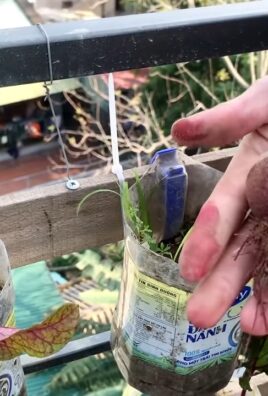
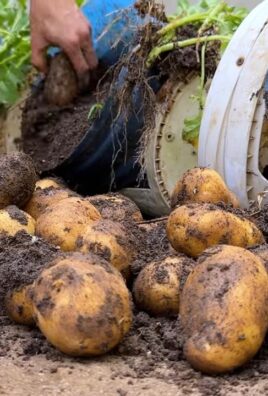
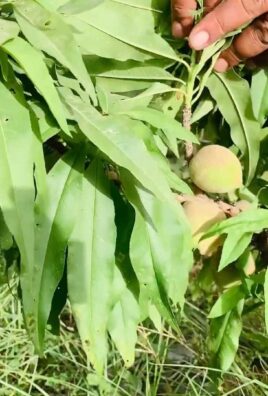
Leave a Comment